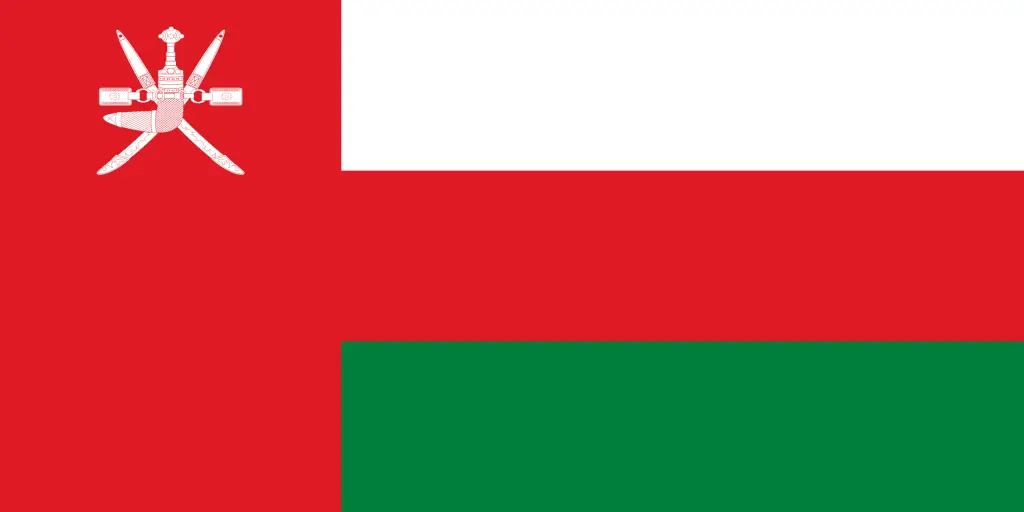Country Information
| Sovereign State | Yes |
| Country Codes | SA, SAU, 682 |
| Official Name | Kingdom of Saudi Arabia |
| Continent | Asia |
| Capital | Riyadh |
| Government Type | Absolute Monarchy |
| Currency | Saudi Riyal (SAR) |
| Calling Code | +966 |
| Member Of | United Nations, Gulf Cooperation Council, Arab League, Organisation of Islamic Cooperation, Group of Twenty (G20) |
| Population | Approximately 35 million |
| Total Area | 2,149,690 km² |
| Highest Point | Jabal Sawda (3,000 meters, 9,843 feet) |
| Lowest Point | Persian Gulf, Red Sea (0 meters, 0 feet) |
| GDP Per Capita | USD 23,566 |
| Life Expectancy | 75 years |
| Internet TLD | .sa |
Saudi Arabia National Anthem
Aash Al Maleek (Long Live our Beloved King)
Hasten to glory and supremacy,
Glorify the Creator of the heavens!
And raise the green, fluttering flag,
Carrying the emblem of Light!
Flags of Neighboring Countries







History of the Saudi Arabia Flag
The flag of Saudi Arabia was officially adopted on March 15, 1973, and is one of the most distinctive in the world due to its color and inscription.
The flag features a green field with the Shahada or Islamic creed written in white Thuluth script: “There is no god but God; Muhammad is the Messenger of God.” This declaration of faith is a fundamental statement in Islam. Below the script is a white horizontal sword, symbolizing the House of Saud, the ruling royal family of Saudi Arabia.
The green color of the flag has significant meaning in Islam, often associated with paradise in the Quran. The flag’s design reflects the country’s deep Islamic roots and its role as the birthplace of Islam. The inclusion of the Shahada makes the flag sacred, and there are strict rules on its usage.
The flag’s design has remained consistent since the kingdom’s foundation, symbolizing the nation’s religious and political heritage. It is unique in that it should not be flown at half-mast, as lowering the Shahada would be considered blasphemous.
The flag of Saudi Arabia is a powerful national symbol, representing the kingdom’s Islamic identity and sovereignty. It is used in various official capacities, both domestically and internationally, embodying the nation’s traditions, religious significance, and governance.

